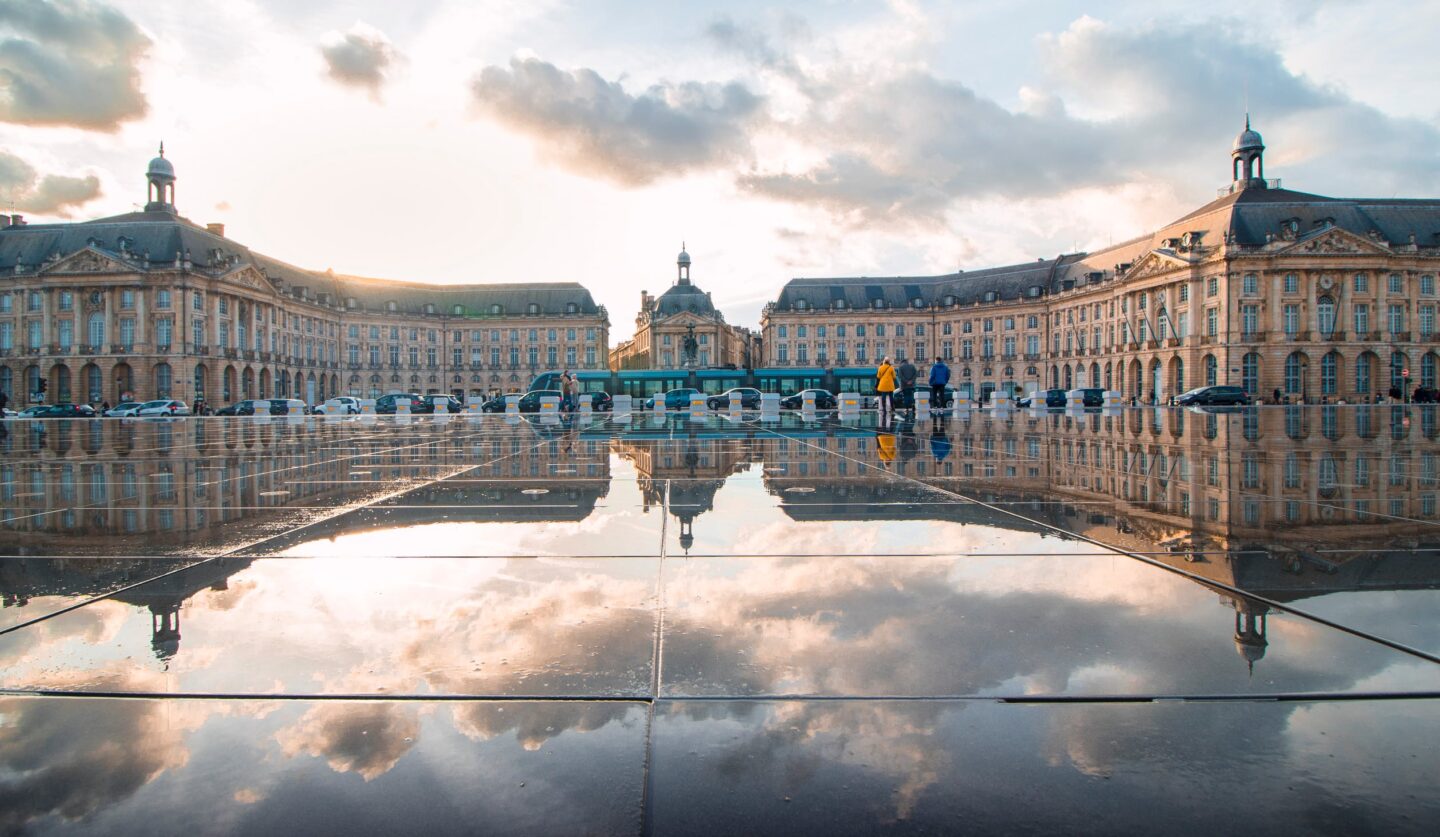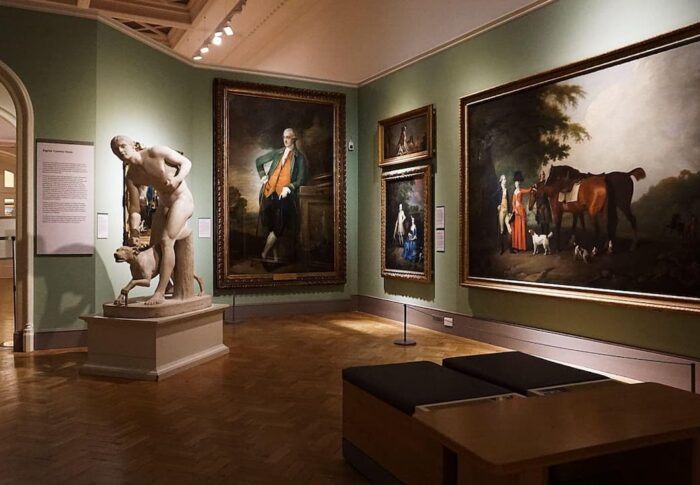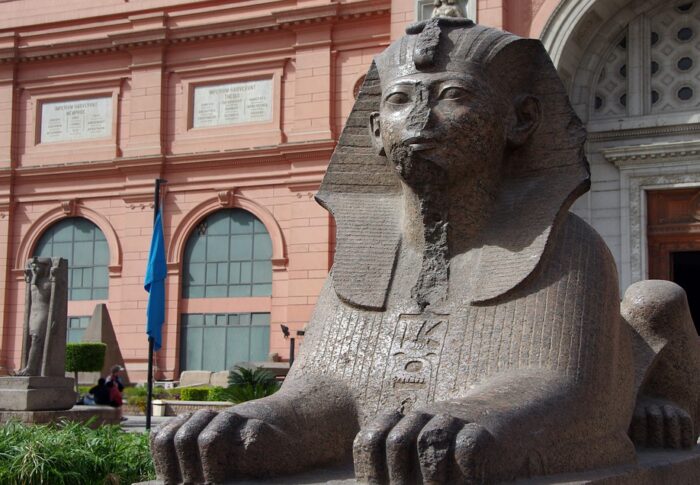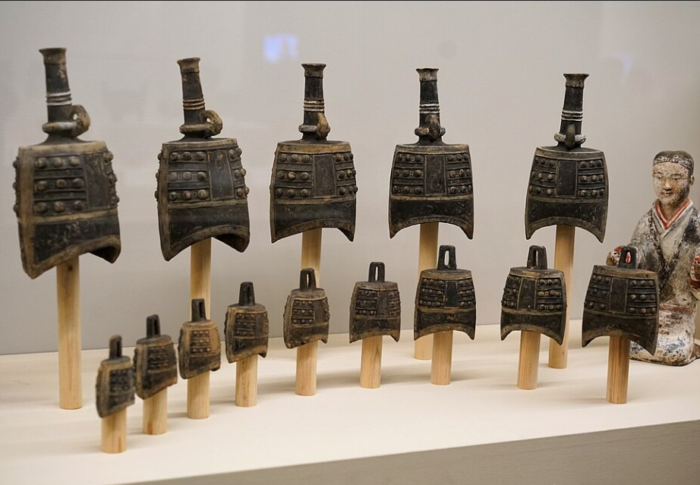
The Uffizi Gallery
The collections of the Uffizi Gallery are considered some of the oldest in Europe. To house them, luxury palace buildings were built on the banks of the Arno River in the 16th century. It took more than 20 years to erect the palaces, and the old city quarters had to be demolished to accommodate them. Two centuries before its official opening, the art collection was well known, and by appointment anyone could view the works of art stored there.
In the XVIII century, the gallery was the first museum in Florence that was accessible to all. It happened in 1737, when the last representative of the powerful Medici dynasty, Anna Maria Louisa, donated the Uffizi Gallery to the Florentines.
Today the art collections are housed in an area of 13 thousand square meters. It is one of the most visited attractions in Italy. Uffizi Gallery is extremely popular with tourists, a visit to it is included in many excursion programs, and the line for a ticket lines up for several hours.
The collection of the famous museum is so large that a detailed tour of the collections will take more than a day. Works of art are displayed in chronological order and occupy more than fifty halls. Walking through them, you can trace how painting traditions changed from the 13th to the 18th century, from the Byzantine period to the heyday of the Baroque.
How did the famous gallery come to be?
The history of the world-famous art collection began in 1560, when the Italian painter and architect Giorgio Vasari commissioned the Grand Duke of Tuscany Cosimo I to build a large palace in Florence. The grand building had two wings and housed the judicial and administrative offices of the Tuscan magistracy – the Uffizi (offices). In addition to consolidating all the government offices (thirteen ministries) in one place, the grand duke had another task. He wanted the new palace complex to perpetuate the power and wealth of his family.
Five years later, within a few months, the talented architect had constructed an “air passage” that connected the Uffizi Palace, the new residence of the Medici rulers, Florence’s oldest bridge, the Ponte Vecchio, and the ancient Roman Catholic church of Santa Felicata. The covered gallery was 750 meters long. It was an architectural innovation and became known as the Vasari Corridor.
The Medici family was famous not only for its wealth and political influence. Its members appreciated works of art and gave maximum support to talented artists. The first collection of the Uffizi Gallery was created by Francesco I, son of Duke Cosimo I. Paintings from his personal collection were first hung in the Duke’s study, and in 1581 the entire top floor of the palace was devoted to them. The gallery was covered with wide stained-glass windows. Besides pictorial canvases, there were antique sculptures inside, and the ceiling was decorated with colorful frescoes.
Later there was the unusual Hall of the Tribune, which was covered by an octagonal dome. A skylight illuminated the works of art inside, the elaborate furniture, and the shell-encrusted walls.
Since 1589, on the order of Francesco I’s brother, Grand Duke Ferdinando I, the terrace adjacent to the Auditorium of the Tribunal was closed to the Hall of the Geographic Maps. On the other wing of the Uffizi Gallery in those days there were hanging gardens. A sumptuous theater was also opened inside the palace.
The final construction work on the palace structures was completed 20 years later, after Cosimodo I died. In the Piazza della Signoria there was a large palace building in the shape of the letter “U”. It consisted of two buildings. On one floor were loggias. Both were connected by a third building and an extended arcade that faced the Arno embankment. Gradually, paintings and sculptures from other palaces of the Medici dynasty were transferred to the Florentine gallery.



